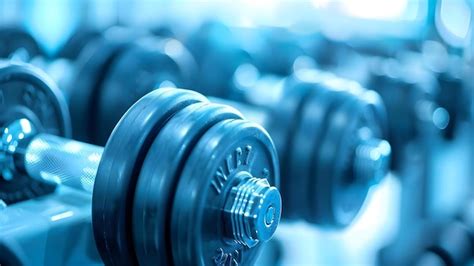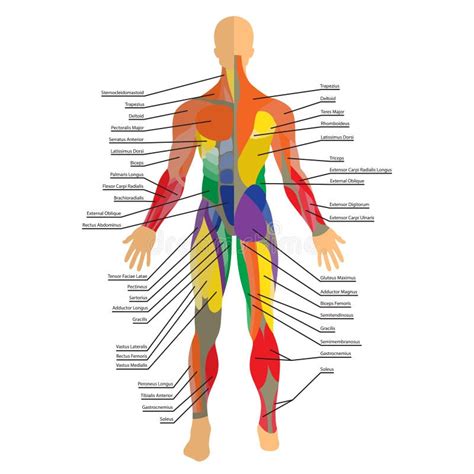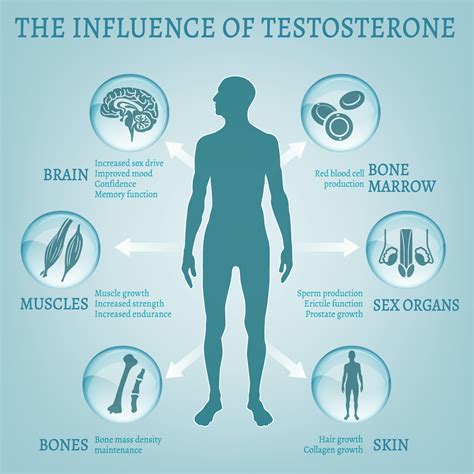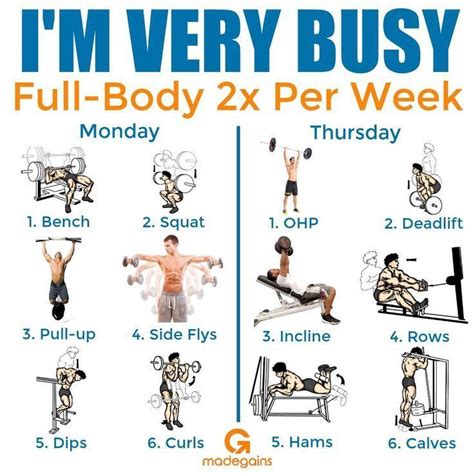Optimize training intensity for peak strength, muscle growth, and testosterone levels?

The Science of Optimal Training Intensity
Achieving peak physical performance isn’t just about showing up to the gym; it’s about strategically manipulating your training intensity. For those aiming to build formidable strength, stimulate significant muscle growth, and naturally support healthy testosterone levels, understanding and applying the right intensity principles is paramount. This article delves into how you can fine-tune your workouts to hit all three targets effectively.

Defining and Measuring Training Intensity
Training intensity isn’t solely about how much weight you lift. While heavy loads are a component, it also encompasses how close you train to muscular failure, your effort level, and the density of your workouts. Key metrics to consider include:
- Rate of Perceived Exertion (RPE): A scale from 1 (very easy) to 10 (maximal effort), indicating how hard a set felt.
- Reps in Reserve (RIR): How many more repetitions you could have performed with good form before reaching failure. RIR 0 means you went to failure.
- Percentage of One-Rep Max (1RM): Using a percentage of the maximum weight you can lift for one repetition to prescribe training loads.
For most effective training, aiming for an RPE of 7-10 or an RIR of 0-3 is often recommended, depending on your specific goals for the session.
Optimizing Intensity for Peak Strength
To build maximal strength, your training must challenge your nervous system to adapt to increasingly heavy loads. This means prioritizing lower repetition ranges with higher weights.
- Heavy Loads: Focus on compound movements like squats, deadlifts, bench presses, and overhead presses, using weights that allow for 1-5 repetitions per set (typically 85% 1RM or higher).
- Progressive Overload: Consistently strive to lift more weight, perform more reps with the same weight, or increase training volume over time. This is the fundamental driver of strength gains.
- Adequate Rest: Longer rest periods (3-5 minutes) between sets are crucial to allow for sufficient recovery of ATP stores, enabling maximal effort on subsequent sets.
Periodization, which involves cycling through different intensity phases, can also be highly effective for long-term strength development, preventing plateaus and reducing the risk of overtraining.

Intensity Strategies for Muscle Growth (Hypertrophy)
Muscle growth, or hypertrophy, responds well to a combination of mechanical tension, metabolic stress, and muscle damage. While heavy lifting contributes, specific intensity protocols can accelerate muscle building.
- Moderate to High Rep Ranges: Typically 6-12 repetitions per set, performed with an RPE of 8-10 (1-2 RIR), using weights that are challenging but allow for good form.
- Time Under Tension (TUT): Controlling the eccentric (lowering) and concentric (lifting) phases of an exercise to keep muscles under tension for longer periods can enhance hypertrophy.
- Volume and Frequency: Accumulating sufficient training volume (sets x reps x weight) for each muscle group, spread across multiple sessions per week, is vital.
- Advanced Techniques: Drop sets, supersets, and forced reps can be used sparingly to increase intensity and metabolic stress, pushing muscles beyond their typical failure point.

Training Intensity and Testosterone Levels
Resistance training is a potent stimulus for acute increases in anabolic hormones, including testosterone. However, there’s a delicate balance; too much intensity or duration without adequate recovery can lead to diminishing returns or even negative hormonal responses (e.g., elevated cortisol).
- Compound Movements: Exercises involving large muscle groups (squats, deadlifts, presses) elicit a greater hormonal response due to the systemic demand they place on the body.
- High Intensity, Moderate Volume: Workouts that are intense but not excessively long (e.g., 45-60 minutes) tend to optimize the acute testosterone response without overtaxing the system.
- Avoid Overtraining: Chronic, excessive training without proper recovery can lead to a decrease in testosterone and an increase in cortisol, a catabolic hormone. Listen to your body, incorporate deload weeks, and prioritize sleep and nutrition.
- Adequate Rest Between Sets: Similar to strength training, 2-3 minutes of rest for compound lifts can support the hormonal response, while shorter rests might be acceptable for isolation exercises.

Integrating Principles for Holistic Optimization
To simultaneously chase strength, muscle growth, and hormonal health, a well-structured approach is necessary:
- Periodization: Implement cycles that prioritize specific goals (e.g., a strength phase followed by a hypertrophy phase). This allows you to focus on different intensity ranges without trying to excel at everything at once.
- Listen to Your Body: Fatigue, joint pain, and persistent soreness are signals. Adjust intensity or take a rest day when needed.
- Nutrition and Recovery: Optimal protein intake, sufficient calories, quality sleep (7-9 hours), and stress management are non-negotiable for recovery and hormonal balance. They directly impact your ability to handle and benefit from high-intensity training.
- Smart Exercise Selection: Prioritize compound movements that offer the most bang for your buck in terms of muscle activation and systemic response, then add isolation work as needed.

Conclusion
Optimizing training intensity is a nuanced yet powerful strategy for anyone serious about maximizing their strength, building significant muscle, and maintaining healthy testosterone levels. By understanding how to measure intensity, applying appropriate strategies for different goals, and integrating recovery principles, you can design a highly effective training program. Remember, consistency, smart progression, and listening to your body are the ultimate keys to unlocking your full potential.








